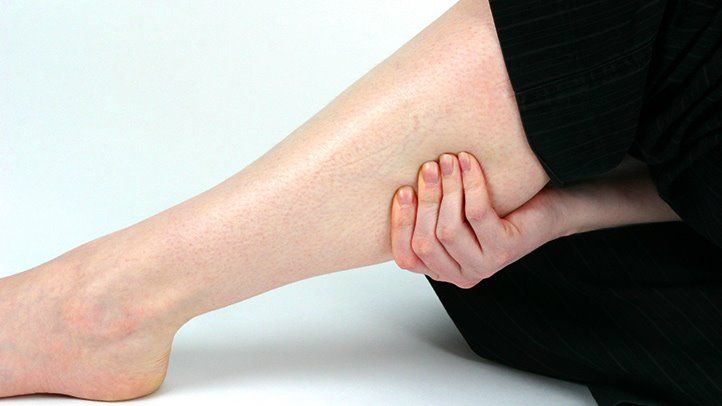If you're taking a trip and will be sitting for a long period of time, think about how to avoid deep venous thrombosis (DVT).
We've all heard the horror stories about people developing blood clots in their legs from sitting still too long. What's the truth behind it?
In a nutshell, DVT occurs when blood clots form in the deep veins in your body. Symptoms include swelling, redness, or pain in the affected leg. It is especially dangerous if one of the clots breaks free and travels up to your lungs, creating a potentially fatal embolism or blockage.
People who are overweight, have circulation issues, or are over 60 are particularly susceptible to developing DVT when they have to be immobile for long periods of time.

Courtesy of World Thrombosis Day
Here are five simple ways to help prevent DVT during long trips. They can be used for car, bus, train or plane trips, so keep them in mind if you have one in your future.
1. Take breaks and walk around.
Keep things moving with a stroll every now and then. If you're in a plane, head to the lavatory or just go up and down the aisle. When you're planning a long car ride, factor in time to get out and and stretch those legs.

Photo by Caleb Oquendo, courtesy of Pexels
2. Wear compression hosiery.
You won't believe the difference that compression socks can make when you're stuck sitting still. Not just any hosiery will do; you'll get the best results with a custom fit.
The process is simple, and in the end, you'll have a pair of socks that applies graduated pressure to your legs. There's a reason why nurses and other people who work on their feet wear them every day!
3. Do seated exercises.
You don't need to be standing to get in a mini-workout. Contract and relax your calves. Point and flex your toes. Even small movements can help blood flow when you can't get up out of your seat.

Photo by Skitterphoto, courtesy of Pexels
4. Get help.
Nothing you do on your own will compare to seeing a specialist. From getting fitted properly for compression socks or sleeves to talking to someone about your circulation issues, consulting with an expert is the safest option.

Courtesy of American Vein and Vascular Institute
5. Ditch the bad habits.
Smoking and obesity are two big factors in poor circulation. If you can, give up the cigarettes and try to shed extra pounds. Not only will it help with blood flow, but you'll be improving your overall health.

Courtesy of the American Heart Association
If you take the right precautions, long car rides or plane trips don't have to be scary. Just keep these tips in mind and keep that blood flowing!
Have you had a brush with DVT? What steps do you take to prevent it? Let us know in the comments.
